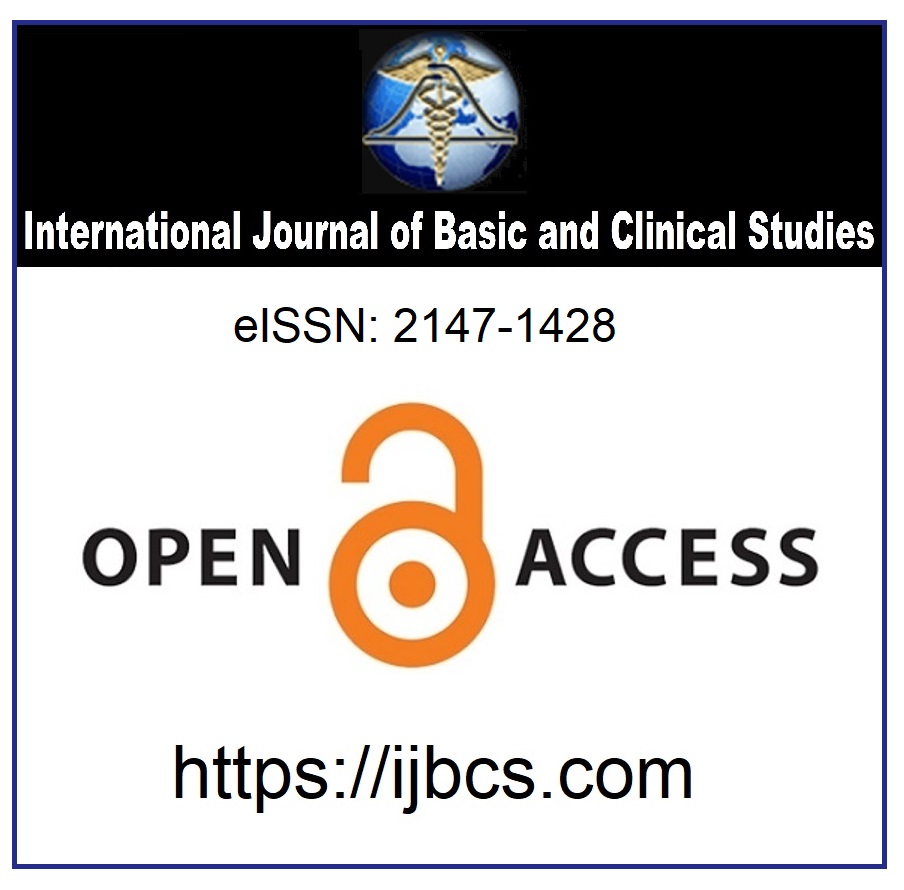An Useful Patient Related Outcome Measurement Tool in People who had an Arthroscopic Partial Menisectomy: The Responsiveness of Turkish Version of the Knee Injury and Osteoarthritis Outcome Score
Keywords:
Knee Injury and Osteoarthritis Outcome Score, meniscal injury, partial meniscectomy, responsivenessAbstract
Aim: The arthroscopic partial meniscectomy (APM) is one of the most commonly performed orthopedic procedure for meniscal tears. Patient-reported outcome measurements regarding health and function, have become useful tools for diagnostic and therapeutic procedures. The Knee Injury and Osteoarthritis Outcome Score (KOOS) is commonly used as a primary condition specific health status measurement for the assessment of knee related disability. The aim of this study was to assess the measurement property of KOOS by examining in patients who had a partial meniscectomy for meniscal injury.
Study Design: Cross-sectional study.
Methods: Patients who were complaining of knee pain consistent with a meniscal injury, were assessed for eligibility. Thirty nine patients whose symptom duration was >6 months were included in the study. A standard operation protocol was used. Home exercise program was given to all patients for 6 weeks after meniscectomy. The KOOS was administered to all patients preoperatively and at 3-and 6- weeks postoperatively. The effect size and standardized response mean were calculated for the assessment of responsiveness of KOOS. All data were analyzed by SPSS for Windows program.
Results: Twenty one patients (54%) were male. The mean age was 33.7 ±12.5 years. The effect sizes varied from 0.52 to-1.20 and from 1.36 to-2.23 at 3- and 6- months after surgery, respectively. Standardized response means varied from 0.39 to-0.89 and from 1.03 to-1.83 at 3- and 6-weeks post-meniscectomy, respectively. All of the subscales of KOOS showed significant improvement after meniscectomy (p=0.00). The most responsive subscales were activities of daily living and symptoms. The least responsive one was the quality of life subscale.
Conclusion: As a result, the Turkish version of KOOS is a responsive measure for the assessment of the patients after partial menisectomy. All of the patients showed a significant improvement after surgery.
Downloads
Published
How to Cite
Issue
Section
License
Copyright (c) 2015 By the Authors.

This work is licensed under a Creative Commons Attribution 4.0 International License.



